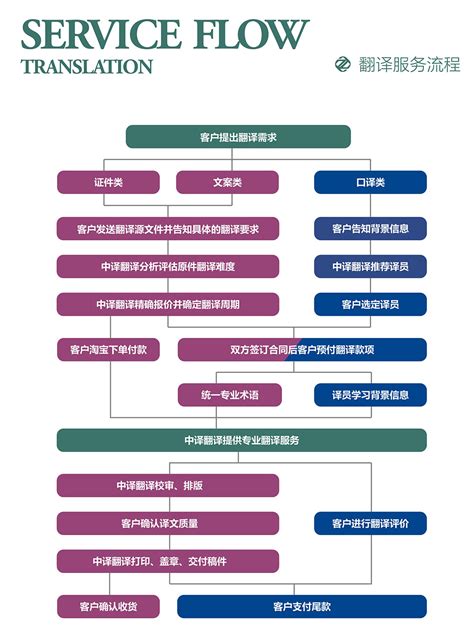Title: Understanding Single System Architecture
In the realm of technology and software development, the term "Single System" architecture refers to an approach where a software application or system operates as a unified entity, often distinguished by its centralized structure and cohesive design. This architecture model contrasts with distributed systems, where components are spread across multiple nodes or machines.
Centralization: One of the defining features of single system architecture is its centralized nature. All components and functionalities of the system are typically contained within a single runtime environment.
Unified Database: In many cases, single system architectures utilize a unified database, where all data relevant to the application is stored. This promotes data consistency and simplifies data management.
Monolithic Design: Single system architectures often employ a monolithic design, where all components of the application are tightly integrated. This can simplify development and deployment but may also lead to challenges in scalability and maintainability.
Efficient Communication: Communication between different parts of the system is typically fast and efficient since all components reside within the same environment.
- Simplicity: Single system architectures are often simpler to design, develop, and maintain compared to distributed systems.
- Performance: With all components running within the same environment, single system architectures can offer excellent performance and low latency.
- Tight Integration: Components in a single system architecture are tightly integrated, which can lead to seamless interactions and efficient resource utilization.
While single system architectures offer several benefits, they also come with certain challenges and considerations:
- Scalability: Scaling a monolithic single system architecture can be challenging, as it often requires scaling the entire application rather than individual components.
- Maintainability: Monolithic designs can become unwieldy and complex over time, making maintenance and updates more challenging.

- Resilience: Single system architectures may lack resilience compared to distributed systems, as a failure in one component can affect the entire system.
Despite the challenges, single system architectures can be effective in many scenarios. To maximize the benefits and mitigate potential drawbacks, consider the following best practices:
- Modularization: Even within a monolithic design, strive to modularize your application to improve maintainability and enable future scalability.
- Continuous Testing: Implement robust testing practices to ensure the stability and reliability of your single system architecture, especially as it grows in complexity.
- Performance Optimization: Monitor and optimize the performance of your system regularly to ensure it continues to meet the needs of your users.
- Exploration of Microservices: If scalability and maintainability become significant concerns, consider transitioning to a microservices architecture, where components are decoupled and independently deployable.
By understanding the principles, advantages, and challenges of single system architecture, you can make informed decisions when designing and implementing software solutions for your organization's needs.
文章已关闭评论!
